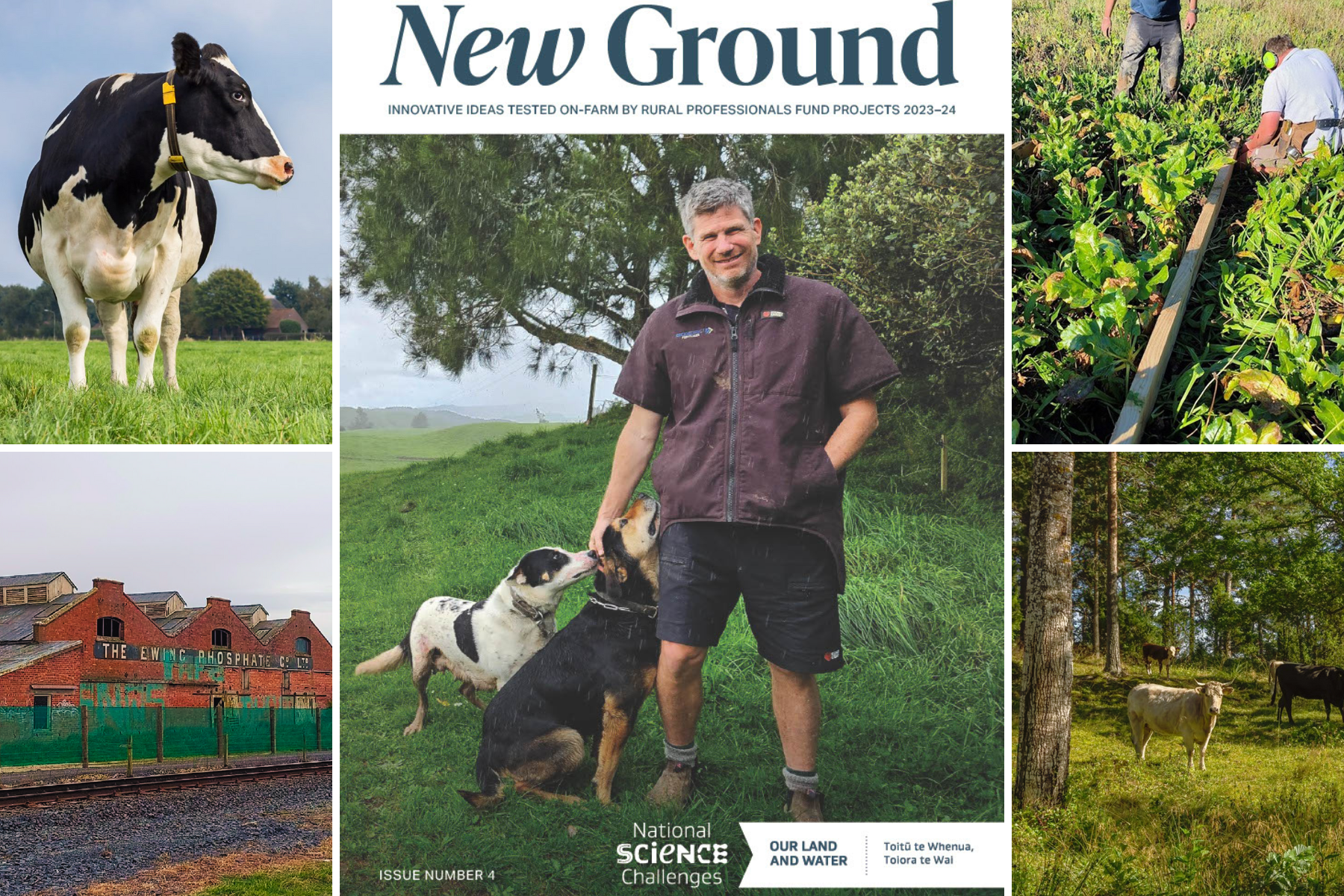Integrating horticultural and arable land use options into hill country farming systems: Site-specific crop options and value chain-based business case
July 2021
The ‘Integrating Horticultural and Arable Land Use Options into Hill Country Farm Systems’ research project developed a process for crop identification and assessment to help landowners/users select potential crops for hill country land. This report addressed the first and third project phases: selected site-specific crop options, and the application of value chain-based business case assessment of these options.
The first project phase combined three open-source software tools to select potential crops suitable to a given geographic site. An initial list of options, selected in phase one, was reduced three-fold by methods in the second project phase, based on multi-criteria decision-making tools, and in the third project phase, value chain-based business case assessment.
Based on a crop suitability ranking for a given site, a total of 49 crop plant species were identified over the geographic locations.
The value chain-based business case assessment provided landowners/users and their network of rural professionals with a framework to develop a business case. Publicly available information was used to identify crop options that warranted more in-depth analysis and consideration. The business case was based on generalised elements that included strategic context, economic assessment, and commercial
options.
Value chain mapping identified, in most cases, two potential commercial options per crop. This mapping also identified where governance influence could lie within a given value chain option. Across each of these elements, publicly available open-access publications were also used to inform the assessments.
Four fruit, two grain, five medicinal, two nut and two vegetable crops were shortlisted. Of these crops, apricot, quinoa, arnica, hazelnut and garlic were selected to provide case studies from each of the five product groupings.
Assessment of the strategic context found that each of the example crops would need a commercialisation orientation that is based on a differentiation rather than cost leadership strategy. Factors such as a lack of scale, high dependency on manual labour, scarcity of previous commercial experience with a given crop or limited access to germplasm with known productivity advantages contributed to this outcome.
The work highlighted that open-source software tools can enable a landowner/user and their network of rural professionals to identify a set of site-specific crop options for further assessment. This list of crop options can be reduced further by using multi-criteria decision-making tools to consider local knowledge on the site as well as understanding an owners’ values and business itself. The work has also highlighted that additional publicly available information can be assembled into a value chain-based business assessment tool to further shorten the list of site-specific crop options. This list may then warrant more in-depth analysis using less easily accessible and possibly more costly proprietary sources of information.
Report for the Our Land and Water Rural Professional Fund
 View Our Strategy Document 2019 – 2024
View Our Strategy Document 2019 – 2024



